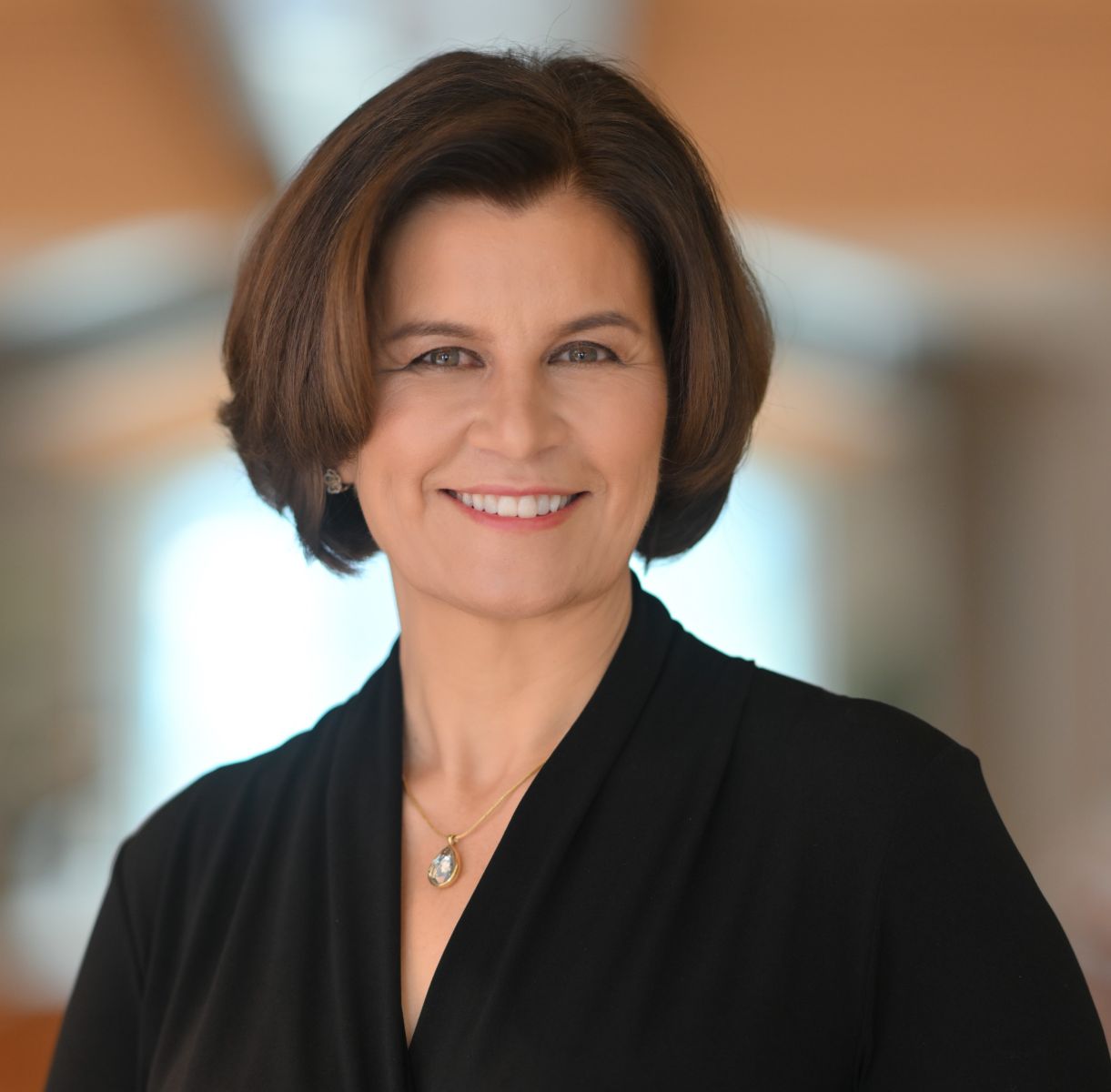Annabel Spring, CEO of HSBC Global Private Banking, discusses the role of philanthropy in wealth management.
This article, which examines the difference between
philanthropy in the East and the West –
highlighting in particular current landscapes in China,
India, Switzerland and Mexico, as well as emerging trends in
philanthropy – is written by Annabel Spring, CEO of
HSBC
Global Private Banking. Those who wish to respond with
comments can email:
tom.burroughes@wealthbriefing.com
Comments of guest contributors are not necessarily endorsed
by the editorial team.
The rise of ultra-high net worth philanthropy – driven by
multiple factors from wealth creation in emerging markets to the
rising demands from the next generation to invest in line with
their values – is creating a huge opportunity
for mobilizing additional capital into positive global
causes.
At a wealth management summit held in Asia earlier in the year,
we discussed at length the rise of philanthropic activity in Asia
specifically. An estimated $701 billion per year could be
unleashed if Asia – home to 26 per cent of the global rich – were
to match the United States in terms of philanthropic spend,
according to the Centre for Asian Philanthropy and Society.
At HSBC, we always explore the purpose of clients’ philanthropy.
The starting point is to understand their ‘why’ – not solely
through a philanthropic lens, but through a wider worldview that
captures their hopes for themselves, their family, and the world
at large.
We want to ensure that we help clients meet their life goals and
maximize their impact in alignment with their values. Therefore,
as advisors, we need a deep understanding of how philanthropy is
evolving – including new and diverse international client
preferences; new international causes of interest to clients; and
innovative approaches to deliver and demonstrate tangible
outcomes.
Regional differences and changing
dynamics
Each region, and of course each individual client, has a
different approach to philanthropy. Understanding client dynamics
is crucial to initiating engagement before discussing
options to unlock capital. Differences between regions, countries
and cultures are deeply rooted in history, religion, and
regulation, making this a nuanced conversation.
For example, we’ve found that clients in Asia place a huge
premium on privacy and prefer to keep a low profile. Their giving
could be characterized as a concentric circle. First to family
members, then to villages and cities, then to affiliates, for
example, of a school or religion, then to society at large. In
the reverse, clients in the US and EMEA tend to focus on
issues-based giving and are more open to publicizing and
discussing their philanthropic efforts.
But dynamics are constantly changing. In North Asia, giving to
education is evolving from investing in rural education to
enhancing quality of teaching and students’ mental wellbeing. In
South Asia, environmental preservation projects are increasingly
focused on developing climate resilience. And in Europe, there is
now more openness to donating to causes further afield,
outside home and neighboring countries.
As emerging markets develop, philanthropic needs shift. Where
markets and families thrive, external causes including the
environment gain more attention. Advisors must understand these
dynamics and engage with clients on the causes that matter to
them, based on location and circumstance.
Increasing global collaboration
When it comes to approach, there are also regional philosophical
differences. Our Asian clients prefer to consult government and
then partner with civil society to tackle issues. This contrasts
to the approach in the US and Europe, where independence is
valued, and philanthropy is viewed as independent financial
capital that is dedicated to serve the public good.
However, we are seeing much more collaboration around the world.
For example, we recently helped clients in the UK and Hong Kong
work together to share post-pandemic ideas on how schools can
assist mental health in children. And, as initiatives like The
Giving Pledge and the Bill & Melinda Gates Foundation
demonstrate, UHNW individuals are increasingly choosing to pool
resources with other philanthropists, NGOs and governments to
make a global impact.
It is also fascinating to note that the ‘why’ for many clients
can be the creation of engagement and experience for the next
generations, to express and explore family values or get
management and ‘real people’ experience. The ‘why’ becomes a core
part of the ‘how’ the philanthropy is engaged in. This is far
from the ‘bequest’ philanthropy of the past.
Technology is also democratizing philanthropy in a very
encouraging way, by driving further collaboration, including
through the use of crowdfunding platforms.
As advisors, it is essential that we go beyond the tax
jurisdictional analysis for our clients and understand these
evolving and diverse preferences to unlock new philanthropic
giving, rather than offering a one-size fits-all approach.
Impact and engagement
Once clients’ preferences are understood, demonstrating progress
is essential for creating a virtuous cycle of
continued, impactful philanthropy.
In addition, we seek the dual effect to maximize outcomes:
philanthropic organizations doing good through their
philanthropy, but also through how they invest. For example,
endowments are now seeking sustainable investment solutions as
the primary source of preserving and growing capital,
with blended impact finance becoming more common.
We are increasingly finding that philanthropy is one tool as part
of a continuum of support encompassing business counsel,
financial planning, and investments, which collectively deliver
against each client’s goals and values, especially when a client
is supportive of one or all the sustainable development
goals.
Over the past two decades our clients have increasingly sought
guidance on how to drive positive change most effectively in the
world around them. But philanthropy today looks very different
from in previous years. Advisors must continue to adapt
philanthropy support to meet evolving needs.
By designing bespoke philanthropy programmes that align
with specific client needs and values to unlock capital,
while demonstrating tangible impact to sustain this flow of
capital, we are committed to helping clients create positive
change with their wealth.
Credit:Source link



